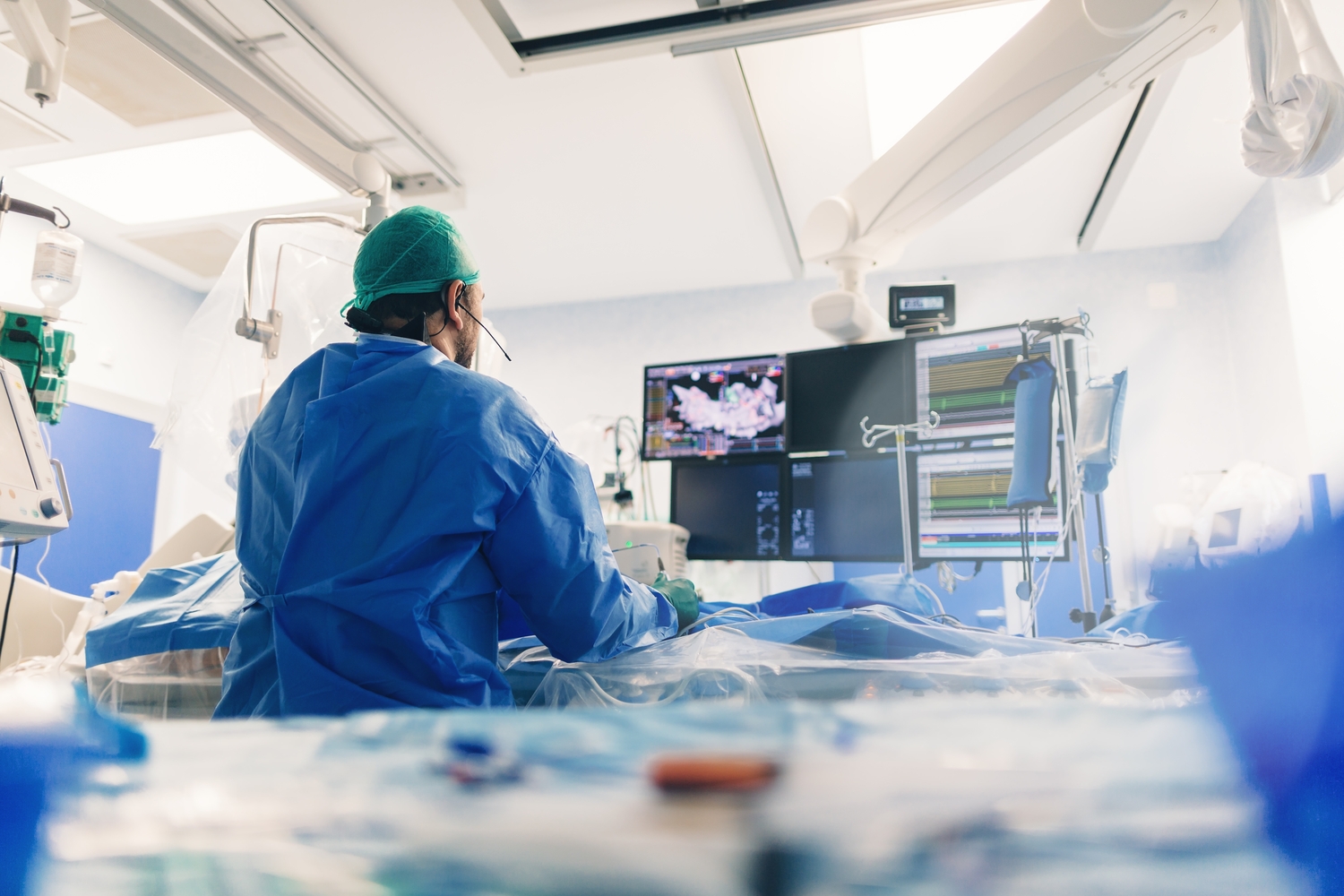All You Need to Know About an Angiogram
An angiogram is a medical imaging technique used extensively in diagnosing and treating conditions related to the blood vessels and the heart. This comprehensive guide will walk you through what an angiogram is, why it is performed, how the procedure is conducted, risks involved, and what to expect before, during, and after the procedure.
What is an Angiogram?
An angiogram, also known as an arteriogram, is a type of X-ray used to examine the inside of blood vessels and organs of the body, with particular focus on the arteries, veins, and heart chambers.

Purpose of an Angiogram
An angiogram can help diagnose and manage a variety of conditions, such as:
– Coronary Artery Disease (CAD): Detecting blockages or narrowing in the coronary arteries.
– Aneurysms: Identifying and evaluating abnormal widening or ballooning in blood vessels.
– Peripheral Artery Disease (PAD): Assessing circulatory conditions affecting the limbs.
– Vascular Malformations: Diagnosing abnormal connections between veins and arteries.
– Pulmonary Embolism: Detecting blood clots in the lungs.
Depending on the results, it can guide interventions such as angioplasty or stent placement to open or stabilize narrowed or blocked blood vessels.
Preparing for an Angiogram
Before undergoing an angiogram, several preparatory steps are necessary:
1. Medical History Review: Inform your doctor about any allergies, especially to contrast dye or iodine, medications, and medical conditions.
2. Fasting: Typically, you will be asked to refrain from eating or drinking anything for several hours before the procedure.
3. Medication Adjustment: Some medications may need to be discontinued or adjusted.
4. Consent: You will need to sign a consent form acknowledging that the procedure’s risks and benefits have been explained to you.
5. Pre-procedure Tests: Routine blood tests may be conducted to evaluate your general health status.
The Angiogram Procedure
During the Procedure:
1. Preparation: Once in the procedure room, you will lie on an X-ray table. You may be given a mild sedative to help you relax.
2. Insertion of Catheter: The doctor will clean and numb the site where the catheter will be inserted, usually in the groin, arm, or wrist. A small incision is made to insert a thin, flexible tube (catheter) into the blood vessel.
3. Injection of Contrast Dye: The catheter is guided through the blood vessels to the area to be examined. Then, the contrast dye is injected through the catheter. As the dye travels through your bloodstream, it highlights the blood vessels on the X-ray images.
4. Imaging: X-ray pictures are taken to capture detailed images of the blood vessels. The doctor examines these images in real-time to identify any irregularities.
5. Completion: After the images are collected, the catheter is removed, and the incision site is bandaged. Manual pressure may be applied to prevent bleeding.
Risks and Complications
While an angiogram is generally safe, like all medical procedures, it comes with potential risks including:
– Bleeding or Bruising: At the insertion site.
– Allergic Reaction: To the contrast dye, though reactions are usually mild.
– Infection: At the catheter insertion site.
– Kidney Damage: In rare cases, the contrast dye can affect kidney function.
– Blood Clots: Which might cause vessel blockage or other complications.
Always discuss the risks with your healthcare provider prior to the procedure.
Post-Angiogram Care
Immediately After the Procedure:
– Monitoring: You will be monitored for several hours in a recovery area.
– Hydration: Drinking fluids helps flush out the contrast dye from your system.
– Activity Restrictions: You may need to avoid strenuous activities for a day or more, especially if the catheter was inserted in your groin.
Follow-up:
– Results Discussion: Your doctor will discuss the results with you and explain any findings or the need for further treatment.
– Symptom Monitoring: Watch for signs of complications such as persistent bleeding, swelling, pain at the insertion site, or any adverse reactions.
An angiogram is a vital, diagnostic tool in modern medicine, helping detect and guide treatments for various cardiovascular conditions. By understanding what to expect before, during, and after the procedure, patients can better prepare for and manage their healthcare journey. Always consult your healthcare provider for personalized medical advice and information.















